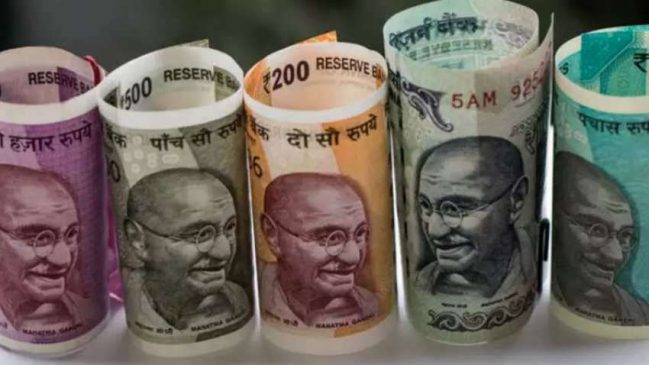Check how much the Reserve Bank of India (RBI) pays to print the Rs 10, Rs 20, Rs 50, Rs 100, Rs 200, and Rs 500 notes inside.
New Delhi: Have you ever thought about how much it costs the Reserve Bank of India (RBI) to print the Rs 10, Rs 20, Rs 50, Rs 100, Rs 200, and Rs 500 notes? The exact prices of printing notes of various denominations vary a lot. Moreover, with the rising input costs, the price of printing notes is increasing every year, making the distribution of the notes costlier for the central bank. In the financial year 2021-22, the selling price of notes of denominations Rs 20, Rs 50, Rs 100 and Rs 2022 increased slightly. However, the selling cost for Rs 500 didn’t change while the price came down to Rs 10 notes from the price last year.
According to information sourced through Right to Information (RTI) from the Bharatiya Reserve Bank Note Mudran Ltd (BRBNML) by The Hindu BusinessLine, the selling price for Rs 10 denomination notes was Rs 960 for 1000 pieces. The cost of one Rs 10 note, therefore, stood at around 96 paise.
Similarly, the selling cost for Rs 20 notes stood at Rs 950 per 100 pieces, meaning that the cost of one Rs 20 note was 95 paise – 10 paise lower than Rs 10 notes.
Here’s the cost of printing notes of various denominations:
Read More: ICICI Bank Hikes FD Interest Rates for These Tenors; Check Latest ICICI Bank FD Rates
Denomination Cost of printing per 1000 pieces
Rs 50 Rs 1,130
Rs 100 Rs 1,770
Rs 200 Rs 2,370
Rs 500 Rs 2,290
The selling price of Rs 50 saw a maximum increase of 23% from the cost in FY21. On the other hand, the cost for printing Rs 20 notes saw a marginal increase of 1%, according to the RTI data sourced by BusinessLine.
Overall, the Reserve Bank of India paid Rs 5,000 crore for printing currency in the last financial year. The number was the second highest since demonisation, as the Central Bank spent nearly Rs 8,000 crore that year.





































